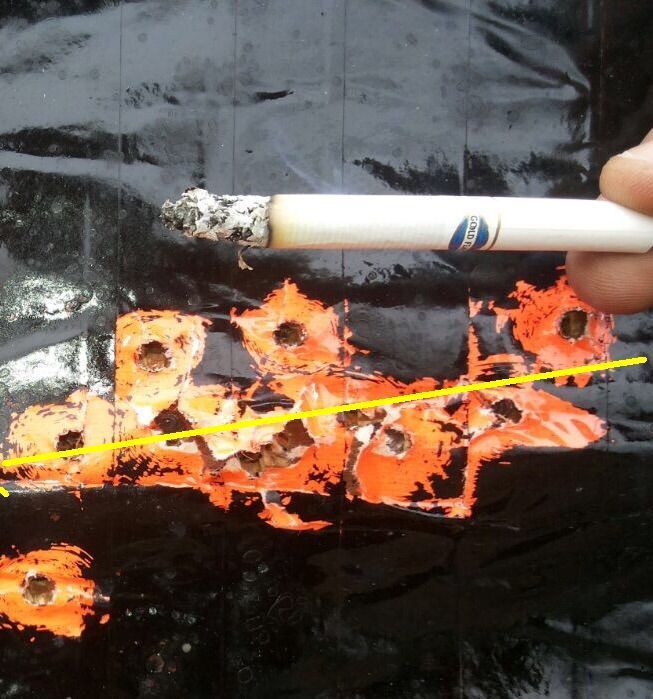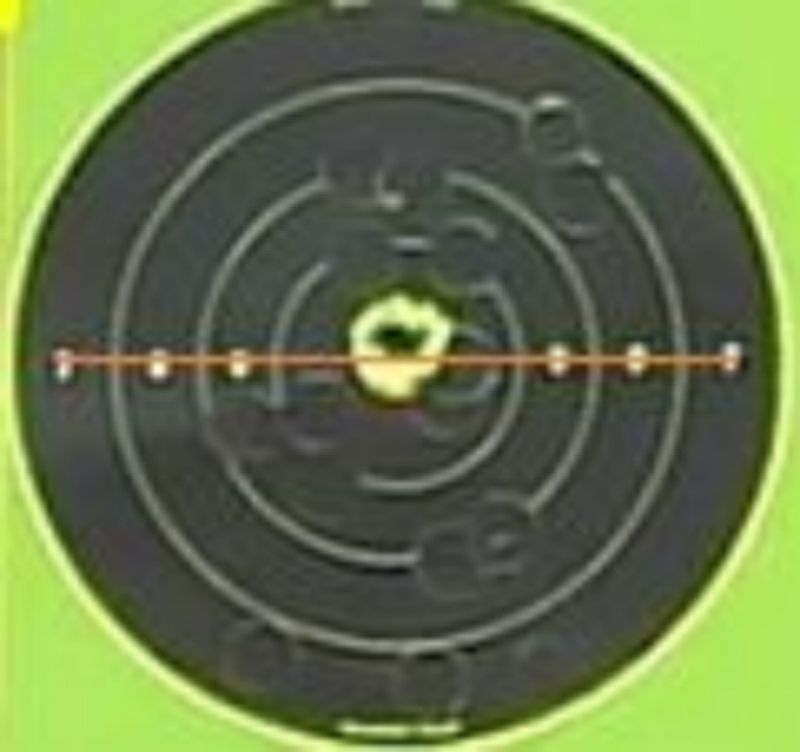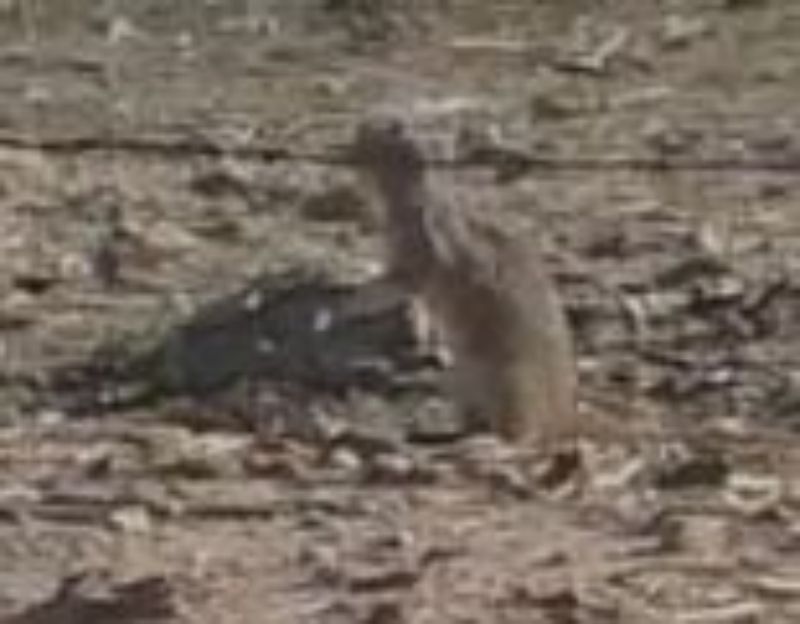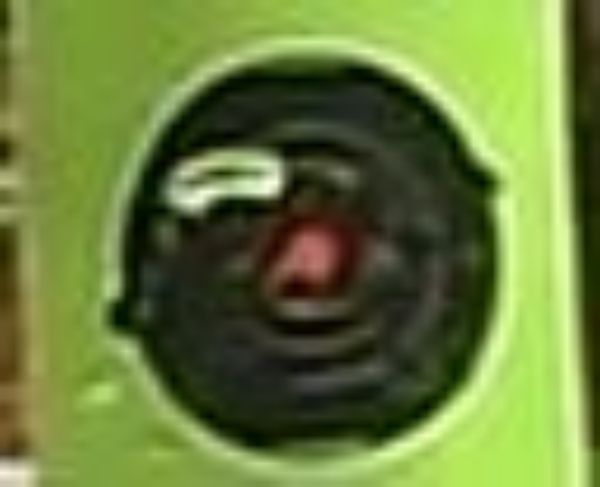Rimfire Wind Charts are unreliable for diabolo air rifle pellets.
Many times you may have seen rimfire wind charts like the ones presented in the "Tailwind" thread further down the page:
However - the "rise" or "fall" of POI in 9:00 and 3:00 o'clock winds - actually seems to be the exact opposite for diabolo pellets compared to that of rimfire or other bullets.
The diabolo pellets, which we shoot, impact higher in a 9:00 wind (than in still air) and lower in a 3:00 wind. Bullets impact lower in 9:00 winds and higher in 3:00 o'clock winds.
Below is a target shot at 100 yards; firstly in a variable strength 9:00 wind with no attempt to adjust sighting for the wind - aim point was always at the target center with the sight zeroed for 100 yards.
Green group 9:00 o'clock wind:The harder the wind blew the higher and further to the right was the POI.
Red group 3:00 o"clock wind: Was later shot on the same target when the wind was strong but from 3:00 o'clock. But in this case the wind was "read" and the shots were only fired when the wind was deemed to be of the same strength for each shot. The group so formed is to the left (of course) and quite low of the central aim on the disc.
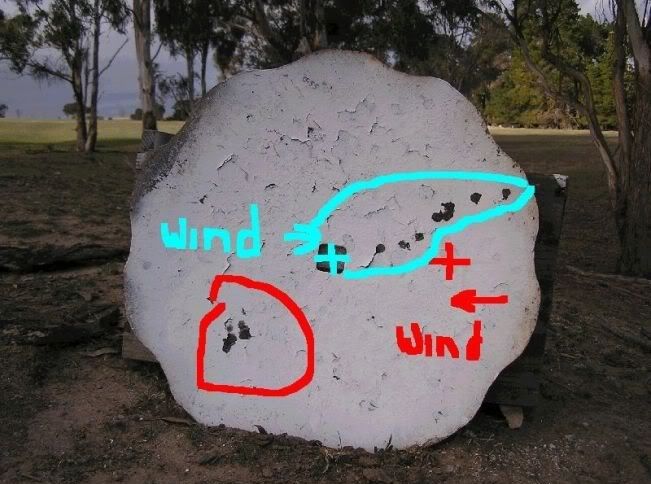
The reason for this difference, to that often presented in bullet charts, is complex. Here is an excellent readable explanation of the reasons for the difference between bullets and our diabolo pellets:
Quote Ron Burnett
"YFVertical deflectionAugust 8 2010, 8:22 PM The typical 10:00 - 4:00 response to a wind from the left is well known to rifle shooters. Aero ballisticians use the phrase aerodynamic jump when referring to this component of the general equations of motion, the governing mathematics being applied in the '40's to firing from the side of aircraft. In very simplistic terms, it happens as a result of a gyro's response to a disturbing force applied anywhere but the CG, and not much else is involved. For a RH twist barrel (angular momentum vector M pointing forward) the modifying angular impulse due to the force from a L-R wind acting thru the CP rotates the M vector (bullet) about the CG slightly downward. This small negative angle of attack essentially alters the initial line of departure producing the downward deflection. It's the classic reaction of a gyro moving at a right angle to the applied force. The horizontal drift due to gravity is the same fundamental response, the frame of reference being rotated 90 degrees.But as we make the transition from "powder burner" types of projectiles to one that is more of a pellet shape, a change occurs in the relative positions of the CG and CP. The removal of material inside the base serves to move the CG forward. The additional removal of material to form a waist also helps move the CG and has the effect of disrupting the airflow around the base resulting in a lower base pressure. This adds to the overall level of drag but more importantly moves the CP toward the rear. If we carry these alterations far enough, then at some point the CP will end up aft of the CG (...statically stable). When this happens, the situation is completely reversed as compared to centerfire slugs. Upon looking at the effect of the same crosswind we now find that the upsetting torque is in the opposite direction and the resultant vector cross product produces a "nose up" response. But we must bear in mind that CP position changes with V and angle of attack so that what we have at MV=600 may not be the same at 800. McCoy covers the topic with examples in Chapter 11 and 12."
Unquote.
This 60 yd target which I shot at my farm clearly demonstrates the difference that a 9:00 wind of variable strength shows between the more "bullet like" JSB Monster (lower wind- spread group angling down) and the higher wind-spread group of the JSB Exact diabolo pellet projectile (angling up) under controlled 9:00 o'clock wind condition: Shots were alternated between the pellet types to improve the experimental design.
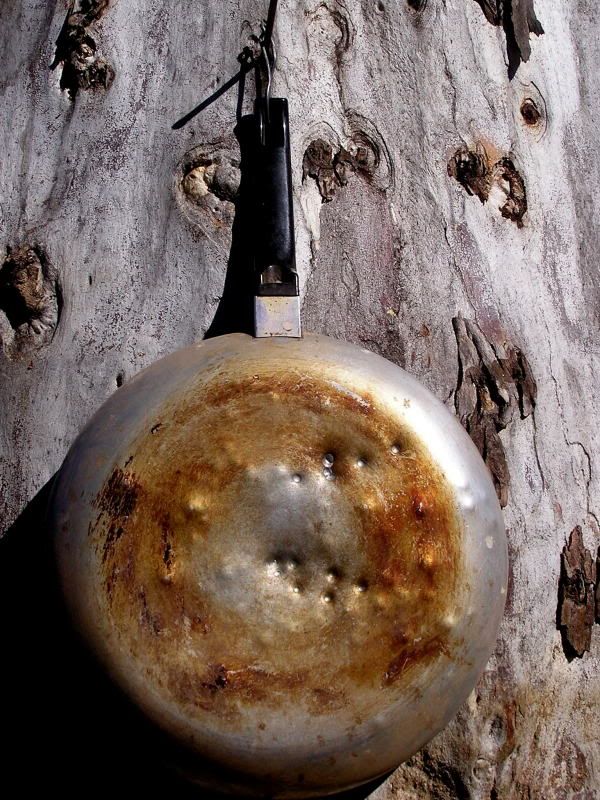
Some may find it also of interest that the superior ballistic coefficient of the 25.4 gr Monsters did not drift as far in the wind even though they started at over 170 fps slower from the BSA Hornet .22.
You may find the original thread's discussion of interest.
http://www.network54.com/Forum/79537/thread/1281230781/Wind+deflection+diabolo+pellet+versus+bullet++group+pics+for+Don+Matzeder+and+others+---
Next time you see the rimfire charts like this presented in the context of airgun shooting, perhaps read them in the context of the above original research for air rifle pellet behaviour in wind.
http://www.thewindisnotyourfriend.com/read/bernoulli.html
.... Best regards to all readers who have hung in there with me ..... Harry in OZ.
Many times you may have seen rimfire wind charts like the ones presented in the "Tailwind" thread further down the page:
However - the "rise" or "fall" of POI in 9:00 and 3:00 o'clock winds - actually seems to be the exact opposite for diabolo pellets compared to that of rimfire or other bullets.
The diabolo pellets, which we shoot, impact higher in a 9:00 wind (than in still air) and lower in a 3:00 wind. Bullets impact lower in 9:00 winds and higher in 3:00 o'clock winds.
Below is a target shot at 100 yards; firstly in a variable strength 9:00 wind with no attempt to adjust sighting for the wind - aim point was always at the target center with the sight zeroed for 100 yards.
Green group 9:00 o'clock wind:The harder the wind blew the higher and further to the right was the POI.
Red group 3:00 o"clock wind: Was later shot on the same target when the wind was strong but from 3:00 o'clock. But in this case the wind was "read" and the shots were only fired when the wind was deemed to be of the same strength for each shot. The group so formed is to the left (of course) and quite low of the central aim on the disc.

The reason for this difference, to that often presented in bullet charts, is complex. Here is an excellent readable explanation of the reasons for the difference between bullets and our diabolo pellets:
Quote Ron Burnett
"YFVertical deflectionAugust 8 2010, 8:22 PM The typical 10:00 - 4:00 response to a wind from the left is well known to rifle shooters. Aero ballisticians use the phrase aerodynamic jump when referring to this component of the general equations of motion, the governing mathematics being applied in the '40's to firing from the side of aircraft. In very simplistic terms, it happens as a result of a gyro's response to a disturbing force applied anywhere but the CG, and not much else is involved. For a RH twist barrel (angular momentum vector M pointing forward) the modifying angular impulse due to the force from a L-R wind acting thru the CP rotates the M vector (bullet) about the CG slightly downward. This small negative angle of attack essentially alters the initial line of departure producing the downward deflection. It's the classic reaction of a gyro moving at a right angle to the applied force. The horizontal drift due to gravity is the same fundamental response, the frame of reference being rotated 90 degrees.But as we make the transition from "powder burner" types of projectiles to one that is more of a pellet shape, a change occurs in the relative positions of the CG and CP. The removal of material inside the base serves to move the CG forward. The additional removal of material to form a waist also helps move the CG and has the effect of disrupting the airflow around the base resulting in a lower base pressure. This adds to the overall level of drag but more importantly moves the CP toward the rear. If we carry these alterations far enough, then at some point the CP will end up aft of the CG (...statically stable). When this happens, the situation is completely reversed as compared to centerfire slugs. Upon looking at the effect of the same crosswind we now find that the upsetting torque is in the opposite direction and the resultant vector cross product produces a "nose up" response. But we must bear in mind that CP position changes with V and angle of attack so that what we have at MV=600 may not be the same at 800. McCoy covers the topic with examples in Chapter 11 and 12."
Unquote.
This 60 yd target which I shot at my farm clearly demonstrates the difference that a 9:00 wind of variable strength shows between the more "bullet like" JSB Monster (lower wind- spread group angling down) and the higher wind-spread group of the JSB Exact diabolo pellet projectile (angling up) under controlled 9:00 o'clock wind condition: Shots were alternated between the pellet types to improve the experimental design.

Some may find it also of interest that the superior ballistic coefficient of the 25.4 gr Monsters did not drift as far in the wind even though they started at over 170 fps slower from the BSA Hornet .22.
You may find the original thread's discussion of interest.
http://www.network54.com/Forum/79537/thread/1281230781/Wind+deflection+diabolo+pellet+versus+bullet++group+pics+for+Don+Matzeder+and+others+---
Next time you see the rimfire charts like this presented in the context of airgun shooting, perhaps read them in the context of the above original research for air rifle pellet behaviour in wind.
http://www.thewindisnotyourfriend.com/read/bernoulli.html
.... Best regards to all readers who have hung in there with me ..... Harry in OZ.

